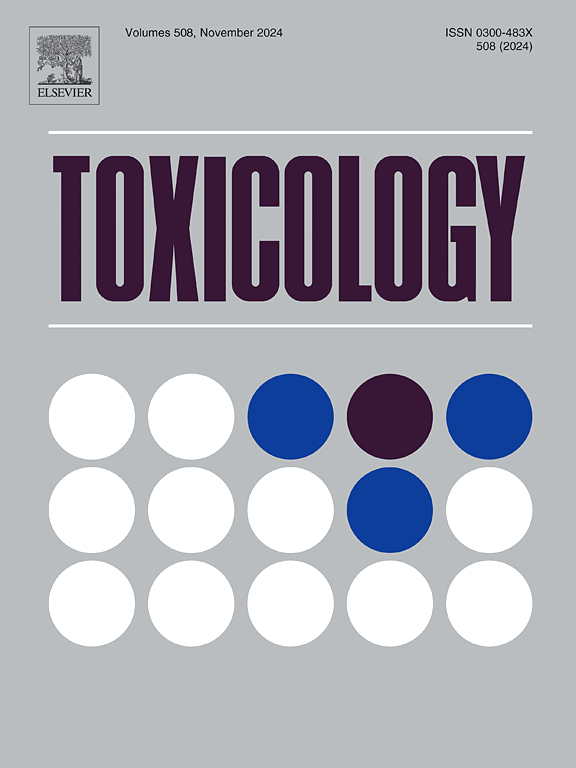New insights into heavy metal cadmium-induced liver injury: Prominent role of programmed cell death mechanisms
IF 4.6
3区 医学
Q1 PHARMACOLOGY & PHARMACY
引用次数: 0
Abstract
The heavy metal cadmium (Cd) is an important environmental factor that induces liver injury and contributes to liver disease. Ongoing research aims to refine our understanding of the pathogenesis of cadmium-induced liver injury and the interactions between the various mechanisms. Oxidative stress, described as a pathophysiological basis of liver injury, is a process in which reactive oxygen species are generated, causing the destruction of hepatocyte structure and cellular dysfunction. Additionally, the activation of oxidative stress downstream signals regulates several forms of cell death, such as apoptosis, necroptosis, autophagy, ferroptosis, and pyroptosis, which significantly contributes to liver damage. Furthermore, the interplay between different types of programmed cell death highlights the complexity of liver injury mechanisms. This review summarizes the role of programmed cell death in Cd-induced liver injury and explores the relationships between different programmed cell death pathways, which is expected to provide new insights into the mechanisms of Cd-induced liver injury.
重金属镉诱导肝损伤的新认识:程序性细胞死亡机制的突出作用。
重金属镉(Cd)是诱发肝损伤和肝病的重要环境因子。正在进行的研究旨在完善我们对镉诱导肝损伤的发病机制以及各种机制之间的相互作用的理解。氧化应激是肝脏损伤的病理生理基础,是活性氧产生的过程,导致肝细胞结构破坏和细胞功能障碍。此外,氧化应激下游信号的激活调节多种形式的细胞死亡,如凋亡、坏死性死亡、自噬、铁性死亡和焦亡,这些都是导致肝损伤的重要因素。此外,不同类型的程序性细胞死亡之间的相互作用突出了肝损伤机制的复杂性。本文综述了程序性细胞死亡在cd诱导的肝损伤中的作用,并探讨了不同程序性细胞死亡途径之间的关系,以期为cd诱导的肝损伤机制提供新的见解。
本文章由计算机程序翻译,如有差异,请以英文原文为准。
求助全文
约1分钟内获得全文
求助全文
来源期刊

Toxicology
医学-毒理学
CiteScore
7.80
自引率
4.40%
发文量
222
审稿时长
23 days
期刊介绍:
Toxicology is an international, peer-reviewed journal that publishes only the highest quality original scientific research and critical reviews describing hypothesis-based investigations into mechanisms of toxicity associated with exposures to xenobiotic chemicals, particularly as it relates to human health. In this respect "mechanisms" is defined on both the macro (e.g. physiological, biological, kinetic, species, sex, etc.) and molecular (genomic, transcriptomic, metabolic, etc.) scale. Emphasis is placed on findings that identify novel hazards and that can be extrapolated to exposures and mechanisms that are relevant to estimating human risk. Toxicology also publishes brief communications, personal commentaries and opinion articles, as well as concise expert reviews on contemporary topics. All research and review articles published in Toxicology are subject to rigorous peer review. Authors are asked to contact the Editor-in-Chief prior to submitting review articles or commentaries for consideration for publication in Toxicology.
 求助内容:
求助内容: 应助结果提醒方式:
应助结果提醒方式:


